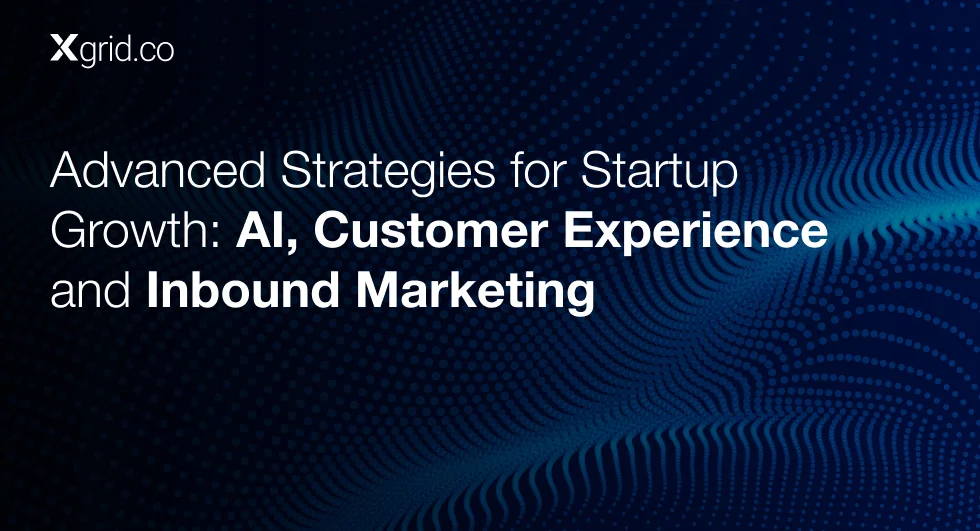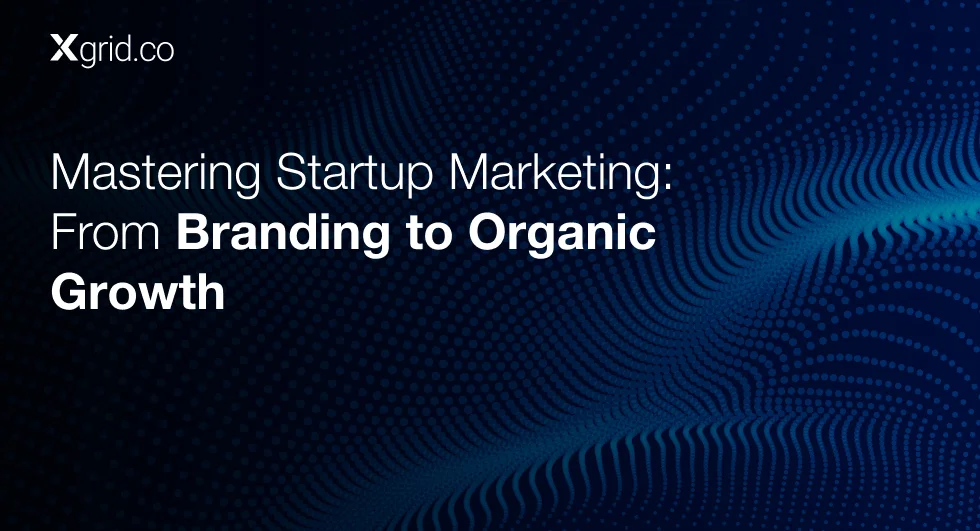Avoiding Go-to-Market Dilution: Clear Brand Messaging in Early-Stage Growth
Matteo Tittarelli, Founder & Director of Genesys Growth, warns that, “Many startups produce content, websites, ads, and campaigns that suffer from unclear, diluted messaging… This confusion directly impacts growth metrics.”
This article explores how to avoid go-to-market dilution by creating clear, targeted messaging that resonates with your audience and drives conversions.
The Risks of Go-to-Market Dilution
Go-to-market dilution occurs when a company’s messaging is unclear, inconsistent, or too broad.
When potential customers are unsure about what your product does, how it differs from competitors, or why they should care, they are less likely to engage.
This confusion often results in poor lead quality, low conversion rates, and high customer churn.
Startups, in particular, are vulnerable to this issue. In the early stages, credibility is still being built, and without a clear message, it can be challenging to gain traction.
Tittarelli emphasizes that “It’s essential to clearly articulate: ‘Here’s what we do and how we can make you ten times better at your day-to-day tasks.'”
Steps to Avoid Go-to-Market Dilution
1. Define and Refine Your Value Proposition
Your value proposition is the foundation of all your messaging. It should clearly explain what your product does, who it serves, and why it’s better than the competition.
Many startups try to appeal to too broad an audience, which dilutes their value proposition.
- Actionable Tip: Conduct in-depth interviews with your target customers to understand their pain points and how your product addresses them. Use this insight to craft a specific, compelling value proposition.
2. Focus on Targeted Messaging for Your ICP
Instead of creating one-size-fits-all messaging, tailor your communications to resonate with your Ideal Customer Profile (ICP).
Matteo Tittarelli explains, “You need well-thought-out and targeted messaging that resonates with one or two of your ideal customer profiles. That alone can get you 50% of the way there.”
- Actionable Tip: Segment your audience and develop messaging that speaks directly to their unique needs, challenges, and goals. This creates a more personal connection and increases the likelihood of conversion.
3. Establish Consistent Messaging Across All Channels
Go-to-market dilution often occurs when messaging is inconsistent across different platforms or channels.
Your website, social media, ads, and sales materials should all convey the same core message.
Inconsistencies can confuse potential customers and weaken your brand.
- Actionable Tip: Create a messaging framework that outlines key points to be included in all communications. Ensure that your sales team, marketing team, and content creators are all working from the same playbook.
4. Test and Optimize Messaging
Effective messaging is not static. As your startup grows and evolves, so should your messaging.
Regularly test different versions of your value proposition, taglines, and product descriptions to see which resonates most with your audience.
- Actionable Tip: Use A/B testing to experiment with different messaging variations in your ads, email campaigns, and landing pages. Track conversion rates to identify which messaging works best.
Case Study: How CoLab Refined Their Messaging to Drive Growth
CoLab, a company serving the engineering space, initially struggled with go-to-market dilution due to unclear messaging. Prospective customers didn’t fully understand how their product stood out from competitors. To address this, CoLab worked with Matteo Tittarelli to refine their messaging.
By conducting interviews with their ideal customers, CoLab identified specific pain points and created messaging that directly addressed these issues.
They shifted their focus from broad feature lists to targeted solutions that engineers cared about. As a result, their lead generation improved, and they saw an increase in conversions.
Results: CoLab reduced confusion among prospects, increased lead quality, and saw higher retention rates as a result of their clearer, more targeted messaging.
As you explore how to define and communicate clear brand messaging during your early-stage growth phase, it’s important to also consider how this ties into the alignment between your sales and marketing efforts.
For a deeper dive into how these two teams can work together to drive growth, check out our article on Sales and Marketing Alignment.
Practical Tips for Startups
- Narrow Your Focus: Don’t try to be everything to everyone. Focus on a specific target market and craft messaging that speaks to their needs.
- Use Customer Language: Avoid jargon and technical language that might alienate your audience. Instead, use the language your customers use when describing their pain points and challenges.
- Track Messaging Performance: Continuously monitor how your messaging performs. Use analytics to determine which messaging resonates best with your audience and refine it accordingly.
Conclusion
Avoiding go-to-market dilution is essential for startups looking to scale efficiently. By focusing on clear, consistent, and targeted messaging, startups can avoid confusing prospects and drive better results.
As Matteo Tittarelli advises, “To stand out, you need well-thought-out and targeted messaging that resonates.” With a strong value proposition and a clear communication strategy, startups can confidently go to market and achieve sustained growth.






